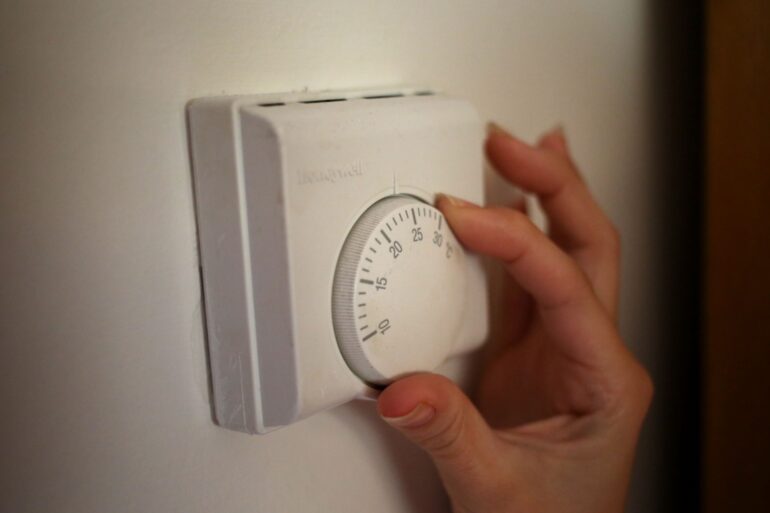Listeners:
Top listeners:
-
 play_arrow
play_arrow
WBPL – LIVE As Blackpool As You Are
 Adele - Easy On Me
Wow I love this song! Thank you for your amazing music!
Aria R.
Adele - Easy On Me
Wow I love this song! Thank you for your amazing music!
Aria R.
 Deep Purple - Smoke On the Water
Shoutout to the rainbow in my life, Gina!
Orion S.
Deep Purple - Smoke On the Water
Shoutout to the rainbow in my life, Gina!
Orion S.
 Luna Park - Space Melody (Radio Version)
Calling my cosmic companion, Jane! Hit play and let's embark on a musical space journey.
Luna Park - Space Melody (Radio Version)
Calling my cosmic companion, Jane! Hit play and let's embark on a musical space journey.
The Northern Lights could put on a breathtaking display over the weekend


The Northern Lights could put on a show across the UK this weekend with recent solar flares creating the potential for a “breathtaking” display.
The display, also known as aurora borealis, is most likely to be visible in Scotland, Northern Ireland and northern England.
However, there is potential for the lights to be seen further south, as in May this year, due to intense activity on the Sun.
According to the Met Office, “Saturday night has the greatest likelihood of aurora sightings further south, across central England”.
Those keen to catch a glimpse of the shades of green and purple dancing across the sky are most likely to catch the spectacle late at night – usually from 11pm to 12am onwards.
“To maximise your chances of viewing the aurora, the sky needs to be as clear as possible.
“Look northwards and try to find a place with dark skies, ideally away from a city where light pollution can interfere with the view,” Silvia Dalla, professor of solar physics at the University of Central Lancashire said.
A large solar flare on Thursday is behind this expected increase in space weather activity.
The lights are caused by solar storms reacting with gases in Earth’s atmosphere.
Nasa’s Solar Dynamics Observatory, which constantly watches the Sun, captured a huge flare – powerful burst of energy – on Thursday.
Flares and solar eruptions can impact radio communications, electric power grids, navigation signals, and pose risks to spacecraft and astronauts.
This flare is classified as an X9.0 flare. According to Nasa, X-class denotes the most intense flares, while the number provides more information about its strength.
Prof Dalla said: “Solar flares and fast coronal mass ejections (CMEs) are large expulsions of plasma and magnetic fields.
“This strong geomagnetic activity results in breath-taking displays of the Northern Lights.
“If we get a repeat of the solar situation we saw in mid-May, we will potentially see more spell-bounding auroral activity across the UK skies.”
Dr Steph Yardley, a space scientist at Northumbria University, said the region of the Sun which has been producing the flares, has been particularly active.
She explained: “This region on the Sun is one to watch as it has been quite active over the past few days, previously producing another strong flare on October 1 that was also associated with a solar eruption.
“Both eruptions associated with the strong flares are Earth-directed and we expect them to impact us sometime between October 4-6, meaning auroras might be visible in Scotland and North England during this period.”
Published: by Radio NewsHub
Written by: admin
Similar posts
-
Recent Posts
- Householders With Heat Pumps More Satisfied Than Those With Gas Boilers
- Keira Walsh Wants More Protection For Players From Online Abuse
- Only One In Six Back Reducing Or Removing Coursework To Avoid AI Misuse
- Councillors Vote To Urge Government To Close Epping Asylum Hotel
- Rescuers Take To The Water To Highlight Float To Live Technique
Chart
-

1
Jonas Blue, Liam Payne And Lennon Stella
Polaroid
-

2
Tanja Thomas
One Way Ticket (To The Blues)
-
3
The Monkees, 01.01
I'm A Believer
-
Top popular

Difficult day as last blast furnace shuts down at Port Talbot steelworks

UK Government charters flight for Britons in Lebanon

Household energy bills to rise for winter as Ofgem lifts price cap

Downton Abbey creator Julian Fellowes Dame Maggie Smith was blessing in my life

Ringleader of plot to smuggle 76m of cocaine into UK hidden in bananas jailed

WHO WE ARE
We are bringing the fun back to the seaside city, and we live and love EVERYTHING Blackpool!
CONTACT
- info@wbplradio.com
Copyright The Mediasite UK - 2024.



